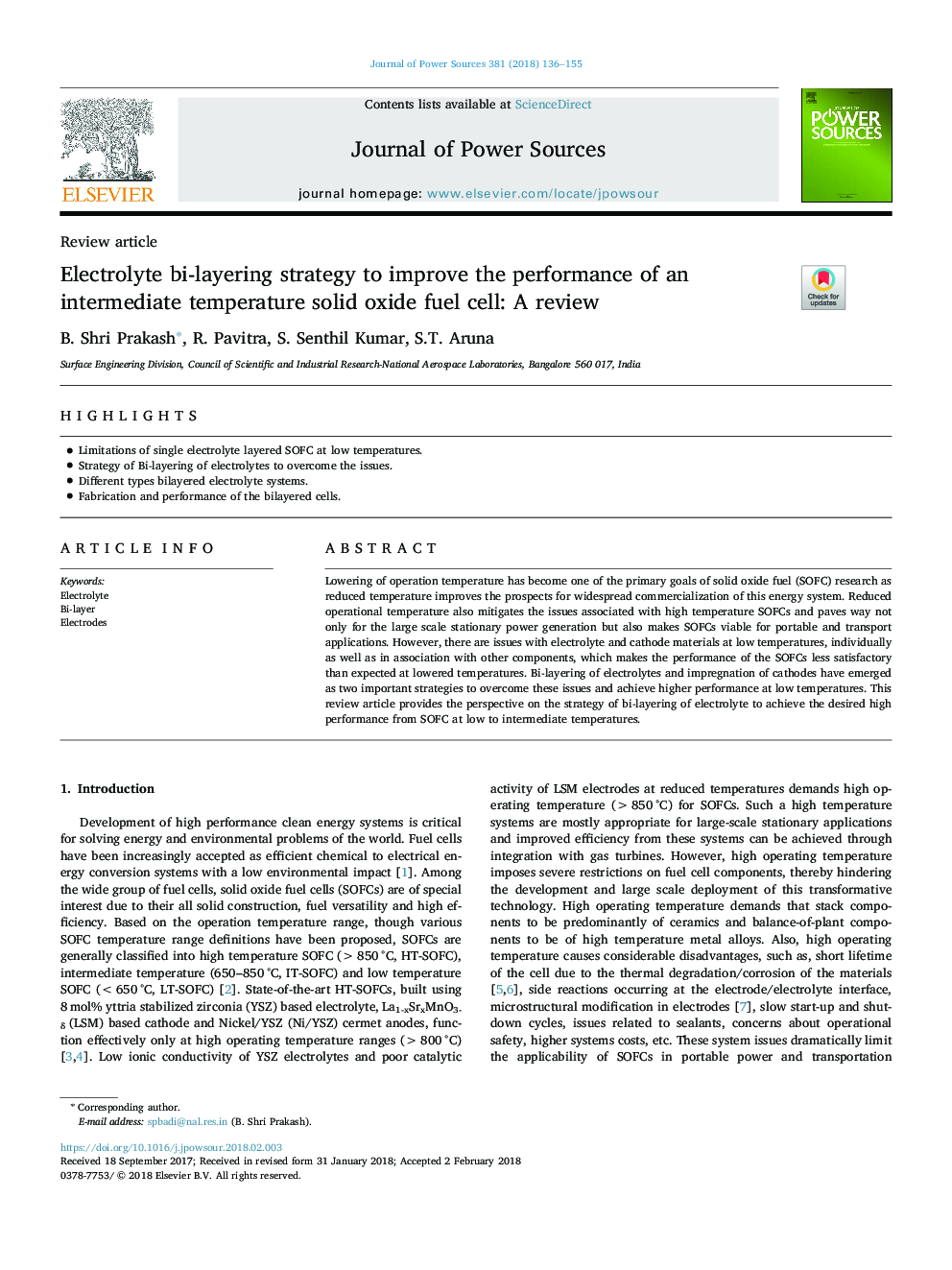| Article ID | Journal | Published Year | Pages | File Type |
|---|---|---|---|---|
| 7725624 | Journal of Power Sources | 2018 | 20 Pages |
Abstract
Lowering of operation temperature has become one of the primary goals of solid oxide fuel (SOFC) research as reduced temperature improves the prospects for widespread commercialization of this energy system. Reduced operational temperature also mitigates the issues associated with high temperature SOFCs and paves way not only for the large scale stationary power generation but also makes SOFCs viable for portable and transport applications. However, there are issues with electrolyte and cathode materials at low temperatures, individually as well as in association with other components, which makes the performance of the SOFCs less satisfactory than expected at lowered temperatures. Bi-layering of electrolytes and impregnation of cathodes have emerged as two important strategies to overcome these issues and achieve higher performance at low temperatures. This review article provides the perspective on the strategy of bi-layering of electrolyte to achieve the desired high performance from SOFC at low to intermediate temperatures.
Keywords
Related Topics
Physical Sciences and Engineering
Chemistry
Electrochemistry
Authors
B. Shri Prakash, R. Pavitra, S. Senthil Kumar, S.T. Aruna,
